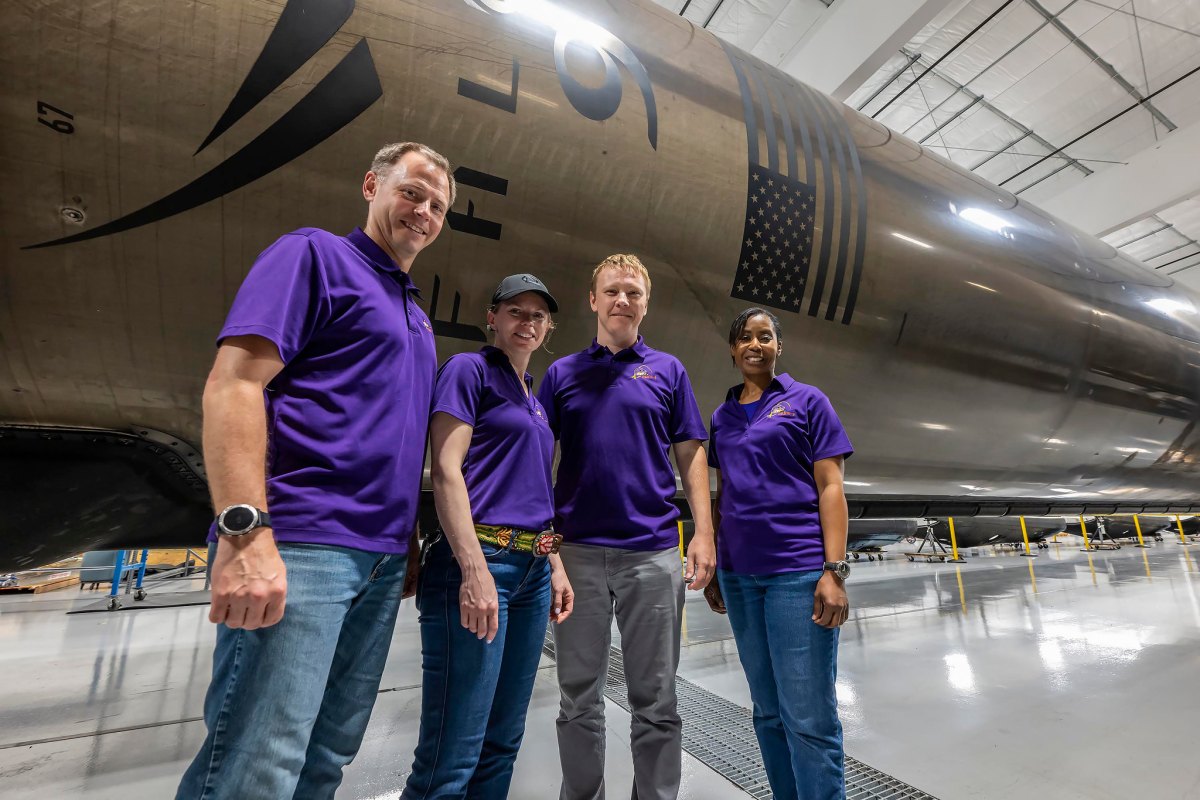LOGAN, Utah — NASA is postponing the launch of the next crew rotation mission to the International Space Station by a month as examines when, or if, Boeing’s CST-100 Starliner spacecraft can complete its test flight.
The agency announced late Aug. 6 that the launch of the Crew-9 mission, which had been scheduled for as soon as Aug. 18, would be delayed to no earlier than Sept. 24. The delay would provide “operational flexibility” for the agency, it stated.
“This adjustment allows more time for mission managers to finalize return planning for the agency’s Boeing Crew Flight Test currently docked to the orbiting laboratory,” NASA said. That CFT mission has been docked to the station for two months, far longer than original plans for a stay of as short as eight days.
NASA did not elaborate on the factors that led it to push back Crew-9’s launch, although agency officials will participate in a briefing Aug. 7 to discuss the situation. Ars Technica reported Aug. 5 that NASA would likely delay Crew-9 to correct a software flaw on Starliner that would prevent it from making an automated undocking from the ISS.
The agency did note that it is continuing to analyze data from ground tests of reaction control system (RCS) thrusters to confirm their performance after several of them malfunctioned during Starliner’s approach to the station in June. “NASA and Boeing continue to evaluate the spacecraft’s readiness, and no decisions have been made regarding Starliner’s return,” it stated.
There has been reportedly a lack of consensus among NASA officials about whether Starliner is safe enough to return astronauts Butch Wilmore and Suni Williams to Earth, revolving around the performance of those thrusters.
At a July 25 briefing, NASA said it expected to hold an agency-level flight readiness review regarding Starliner’s return as soon as the end of the following week. But despite on-orbit tests of Starliner’s thrusters that went according to plan days later, that review has not taken place, and the latest agency statement did not mention a schedule for it.
Boeing, meanwhile, has been making the case that Starliner is safe to come home with astronauts on board. The company, in a statement late Aug. 2, outlined extensive testing of spacecraft systems as well as simulations and other work.
“Boeing remains confident in the Starliner spacecraft and its ability to return safely with crew. We continue to support NASA’s requests for additional testing, data, analysis and reviews to affirm the spacecraft’s safe undocking and landing capabilities,” the company stated. Boeing will not participate in the Aug. 7 NASA briefing.
NASA’s approach to dealing with Starliner’s problems won it praise from the agency’s safety advisers. “NASA’s commercial crew program appears to be following disciplined processes working through the helium leaks and the thruster fail-off issues,” said Kent Rominger, a former astronaut who serves on the Aerospace Safety Advisory Panel, during an Aug. 1 public meeting of the panel.
NASA, he added, is using “resources across the nation that can support the analysis and potential rationale for the decision on the dispositioning of Starliner.” The program appears to have a “healthy” safety culture, he noted, one where “people are willing to speak up with varying opinions and are being listened to.”
“This is all about NASA determining the most prudent path forward,” he concluded.
The delay in Crew-9, which moves it to after a mid-September Soyuz crew rotation mission, will change another aspect in that mission. NASA now expects to launch Crew-9 from Space Launch Complex 40, the first crewed launch from that pad. That move is prompted by work needed to prepare Launch Complex 39A for the Falcon Heavy launch of NASA’s Europa Clipper mission scheduled for as soon as Oct. 10.
At a July 26 briefing, Steve Stich, NASA commercial crew program manager, said the agency considered moving Crew-9 to SLC-40 for an August launch but concluded the pad’s crew tower would not be certified in time. “That’s probably a little bit more like the late September timeframe,” he said of certifying the pad for crewed missions.
